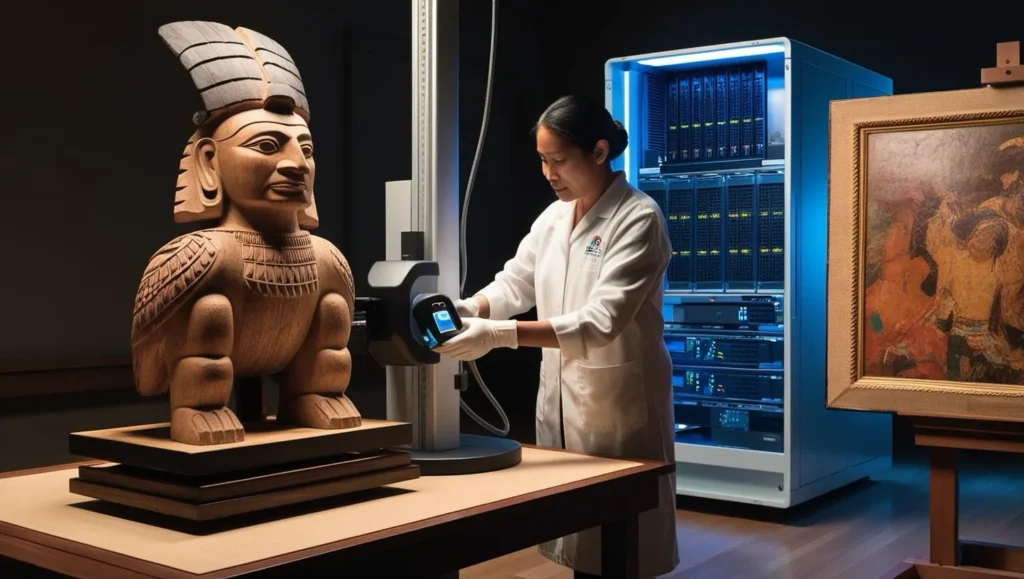Digital colonialism profoundly shapes how art is preserved and valued on digital platforms. While it promises global access and cultural democratization, it often perpetuates unequal power dynamics and imposes dominant cultural values.
Impacts of Digital Colonialism on Art Preservation
Distortion and Erasure of Indigenous Cultures
Echoing colonial practices, digital colonialism frequently distorts or erases local and Indigenous artistic expressions. When dominant cultures impose their technological and cultural standards, traditional art forms are overshadowed or taken out of context. A common example is cultural appropriation, where elements of marginalized cultures are used by dominant creators without respect or understanding of their origins.
Technological Dominance
Multinational tech corporations from the Global North control key digital ecosystems, from software to connectivity infrastructure. This concentration of power marginalizes local artists and restricts their voices on the global stage. Under the guise of universality, these companies promote Western values as the standard, erasing cultural practices that do not align with this framework.
Crisis of Cultural Values
By prioritizing Western narratives and aesthetics, digital colonialism triggers a crisis in cultural representation. The “universality” of digital platforms, promoted by technological powers, often masks the exclusion of non-Western narratives. This trend threatens cultural diversity, transforming digital spaces into reflections of historical hegemonies.
Data Appropriation
Instead of exploiting natural resources, digital colonialism exploits data. Companies collect massive amounts of user information, often without consent, using it for profit and control. This practice echoes the colonial logic of extracting wealth from subordinated territories and populations, now adapted to the digital environment.
Reconfiguring Colonial Archives
Despite these controlling dynamics, digital spaces also enable resistance initiatives. Artists and scholars from previously colonized regions have repurposed historical archives, using digital tools to reinterpret colonial narratives. These practices deconstruct notions of authenticity and ownership associated with colonial archives, proposing a more inclusive and democratic digital memory.
Preservation and Digital Memory
Preserving art on digital platforms through technologies such as 3D scanning and virtual reality has the potential to expand access and extend the lifespan of artworks and temporary exhibitions. However, these practices often reflect the same cultural value hierarchies present in the physical world, reproducing inequalities in new formats. Nevertheless, projects committed to inclusion can use these technologies to provide critical and decolonized perspectives.
Digital Disruption
An alternative to the status quo is the concept of “digital disruption.” This approach advocates decentralizing technological control through collaboration among peripheral nations, promoting digital art practices that respect local contexts. This strategy seeks to challenge digital universalism by encouraging the creation of spaces that reflect cultural diversity and foster empathy.
Conclusion
Digital colonialism influences art preservation by perpetuating inequalities and centralizing power in the hands of a few. Although it offers tools for democratization, it often reflects the same exclusionary dynamics as historical colonialism. Breaking this cycle requires adopting practices that prioritize diversity, critical thinking, and decolonized memory, transforming digital spaces into truly inclusive environments.
Victor T. Murari
Art History, Education & Artificial Intelligence | PhD | Advancing Educational and Cultural Narratives through AI Integration

